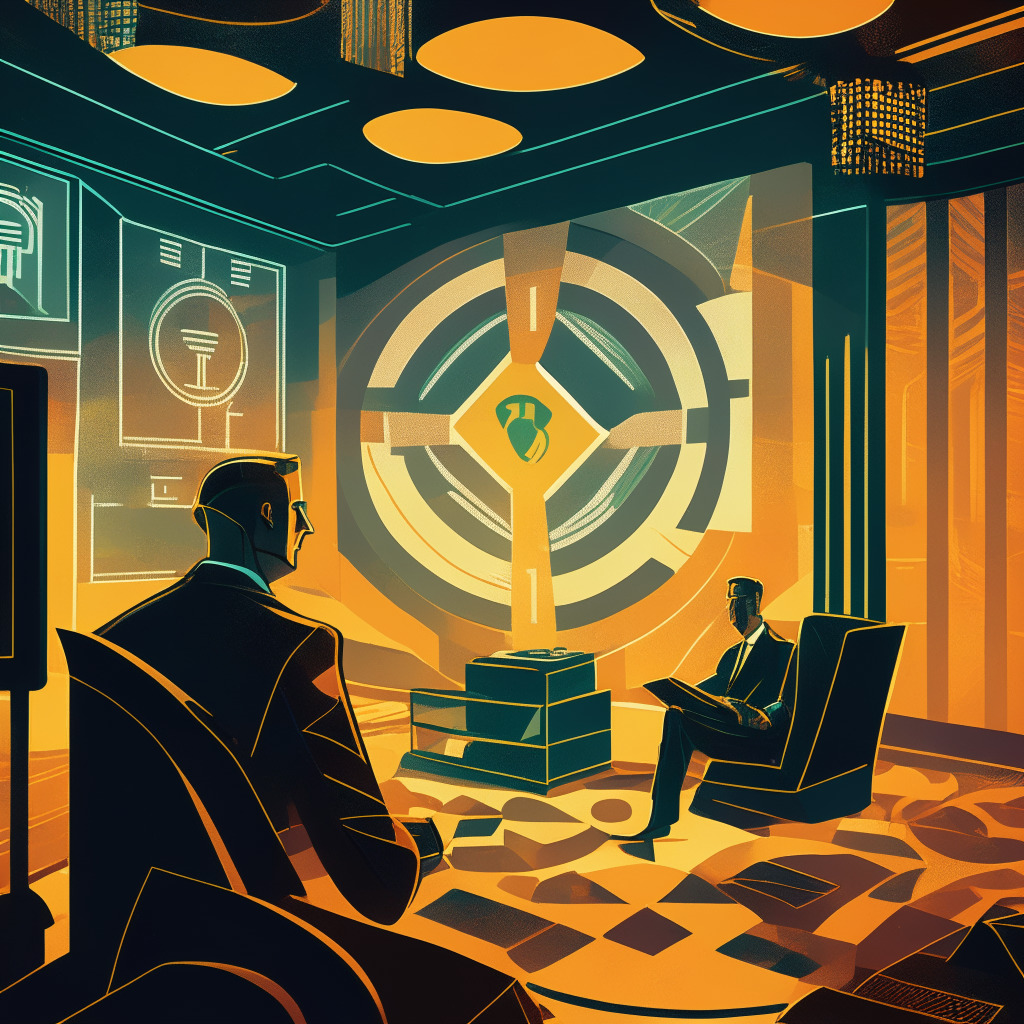In the rapidly evolving world of digital finance, blockchain technology has become the focus of limitless fascination, fueled by promises of decentralized digital ledgers and the promise of a future unchained from traditional financial infrastructures.
Unquestionably, the concept is seductively appealing. Picture the world where money matters route through ledgers distributed across numerous servers globally, kept safe in the encrypted realm that can’t easily be tampered or compromised. Transactions would be lightning-fast, with minimal fees and less human intervention — a potential “Eldorado” of modern finance.
Diving deeper, we start to see promising applications of blockchain technology in areas beyond the boundaries of finance. These include voting systems and digital identification, presenting a unique possibility of fair elections without voter disenfranchisement and secure identity systems unthreatened by data breaches. It’s like peering inside Pandora’s box where blockchain technology is unfolding its enigma bit by bit.
However, as famously warned, “all that glitters is not gold”. Let’s gently skim the shiny surface of the blockchain “Eldorado” and look at the other side of the coin. Cryptocurrencies, built on blockchain technology, are notoriously volatile. While BTC holders found themselves amidst a financial windfall as the cryptocurrency skyrocketed in 2020 to 2021, the market’s fickle nature is alarming and can leave investors in ruins, literally on the flip of a digital coin.
Moreover, the decentralized nature of blockchain also poses a critical challenge. While it’s immune to manipulation, in theory, paradoxically it’s this very feature that makes it so susceptible. In a world where hackers are continuously growing sophisticated, a fail-proof security remains a myth, and blockchain technology does not get a free pass.
Furthermore, the absence of regulation can be a double-edged sword. It may liberate us from the shackles of traditional, often red-taped financial systems, but simultaneously it also leaves us without a safety net. Imagine a simple error, resulting in a significant financial loss with no governing body to petition for help.
In conclusion, the blockchain technology seems like a double-edged sword, offering promise and peril in equal measures. It’s the financial revolution that everyone seemingly desires, yet it’s coupled with uncertainties, creating an intricate panorama of risks and rewards. As we untangle this complex matrix, deciphering the future of blockchain, one thing is clear: we’re standing on the brink of something transformative, all the while grappling with the question – are we ready to face both sides of this sword?
Source: Cryptonews




